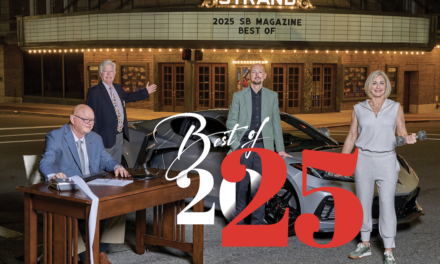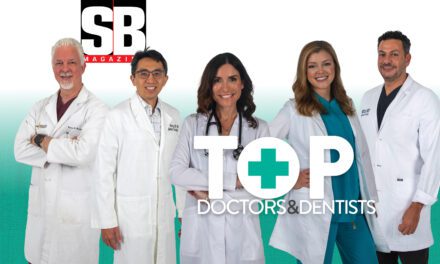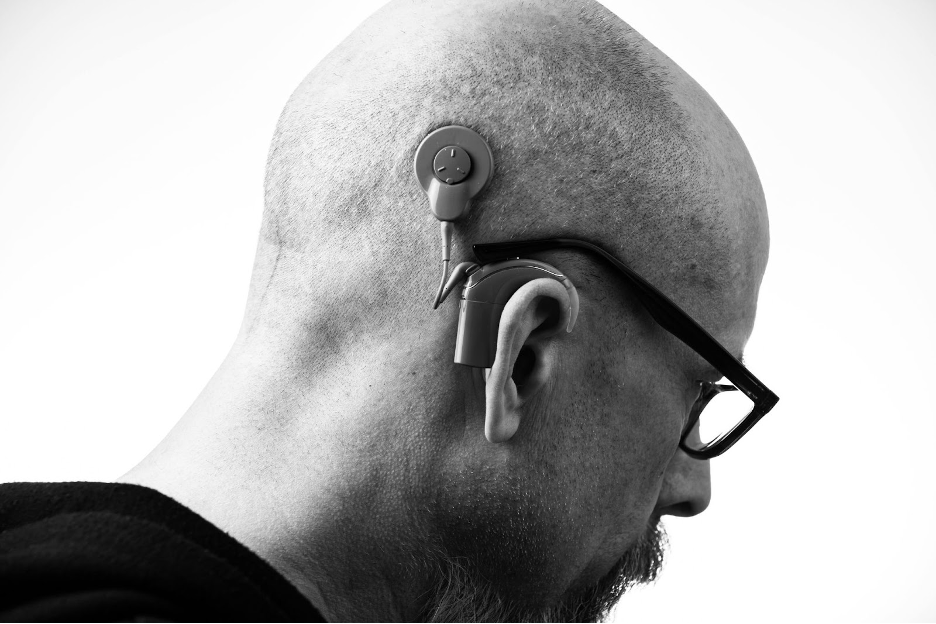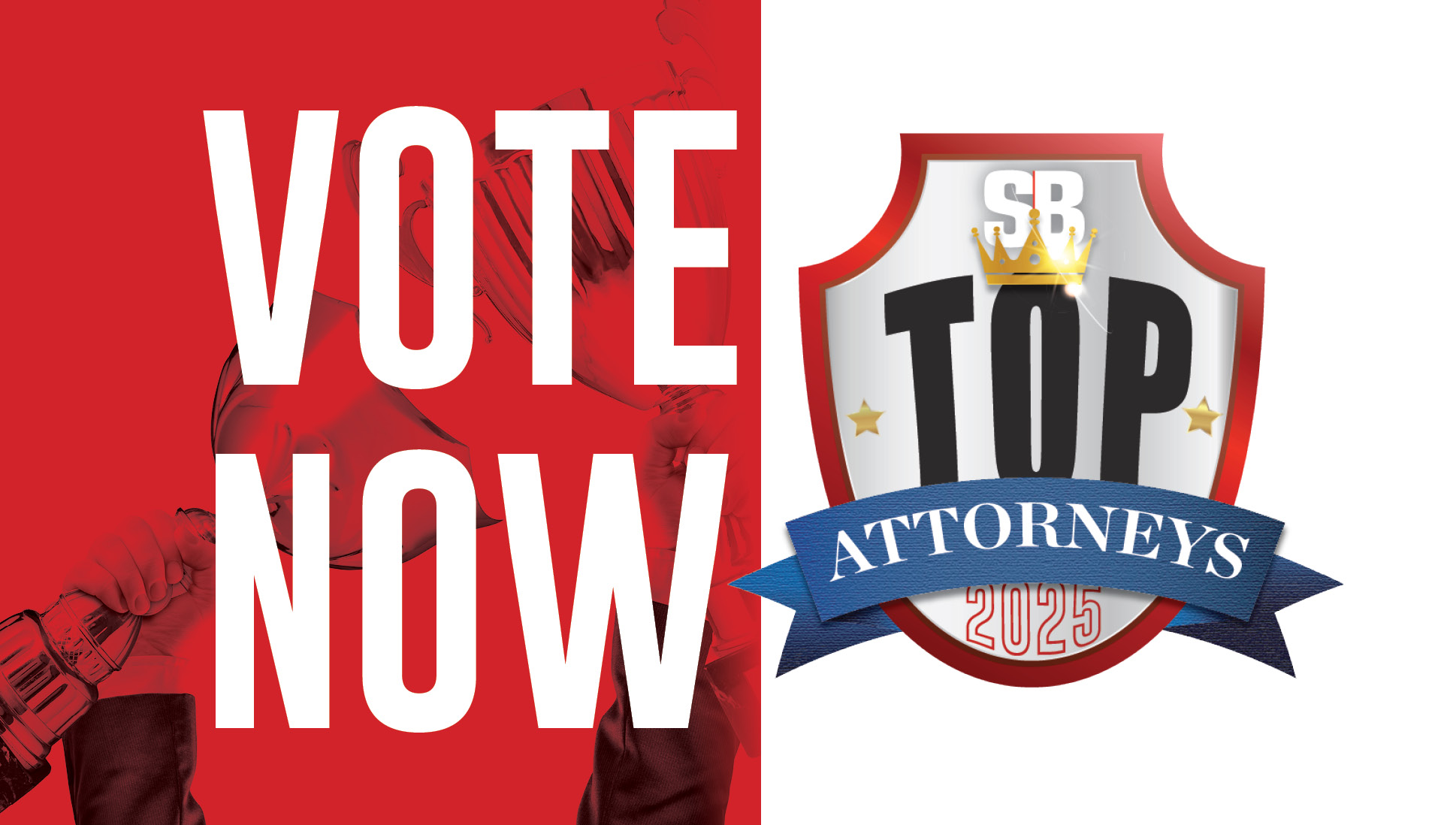Image Credit: Pexels
Hearing loss is a major global problem, with over 5% of the world’s population experiencing it to some degree.
Given the ubiquity of the issue and its drastic impact on a person’s quality of life, researchers are working diligently not only to find a cure (through methods such as regenerative therapy), but also to make the hearing aids people wear daily more usable and better tailored to their individual lives.
In this article, you’ll learn about the four biggest advancements in hearing aid technology, so that if you or a loved one is experiencing hearing loss, you have a better idea of what’s available in 2025.
- Artificial Intelligence and Machine Learning
Artificial intelligence (AI) is rapidly transforming the way the world operates, and it has even been applied in diagnosing and treating hearing loss.
Not only are hearing tests now leveraging the power of these algorithms to help audiologists gain a better understanding of results, but they’re also being integrated into devices themselves. Hearing aids equipped with AI can learn a user’s listening habits and adapt accordingly, making speech clearer and enhancing the user’s ability to pick out sounds amidst loud ambient noise.
Given that the world is only at the very start of tapping into what AI is capable of, it’s likely there will be a great deal of advancement in the coming years.
- Enhanced Music Listening Experiences
One of the most significant drawbacks of hearing loss is a reduced ability to enjoy music, but thankfully, times are changing. It’s no longer the case that people must simply accept this problem, as there are now many modern hearing aids that enhance music enjoyment thanks to advancements in digital signal processing (DSP).
This technology is able to successfully reinstate a fuller spectrum of auditory experiences, allowing for a broader frequency range to be heard and music to sound fuller and richer.
- Greater Health Integration
Modern hearing aids are multifunctional devices, with many having the capability to integrate seamlessly with your smartphone, smart watch, or both.
Many elderly people (the demographic mostly affected by hearing loss) have embraced smart technology as a way to better keep track of their diet, fitness levels, sleep, and general health, and their hearing can now become part of that dialed-in ecosystem thanks to connectivity advancements.
Sensors that measure metrics to monitor motion, alert the user when they’re in a loud environment, and track elements like heart rate and cognition will soon become the norm.
- Better Batteries
One of the biggest advancements so far has been in the downsizing and improved charging of batteries.
It used to be the case that the heaviest and most irritating part of the hearing aid was the battery, but today, lithium-ion models mean that devices are smaller than ever before (often undetectable) and maintain their charge and regenerate much quicker than those of the past.
Hopefully, you now feel a little clearer on the sorts of advancements available and what’s around the corner. Going into your audiologist consultation prepared with a list of features you desire helps prevent you from being overwhelmed, so use the points above as a springboard to conduct some further research.









